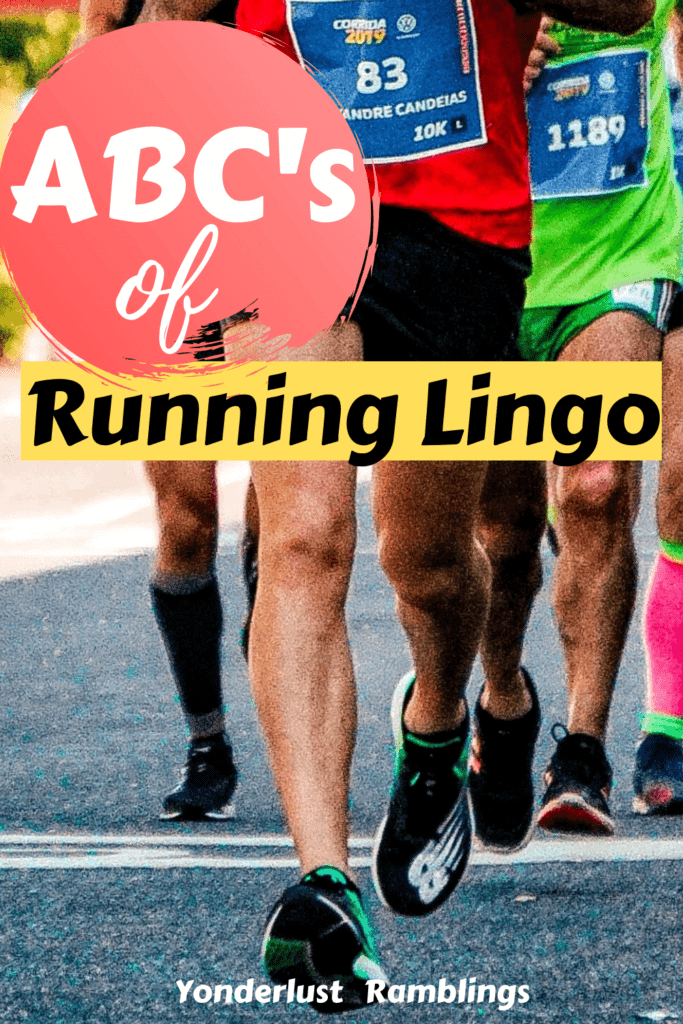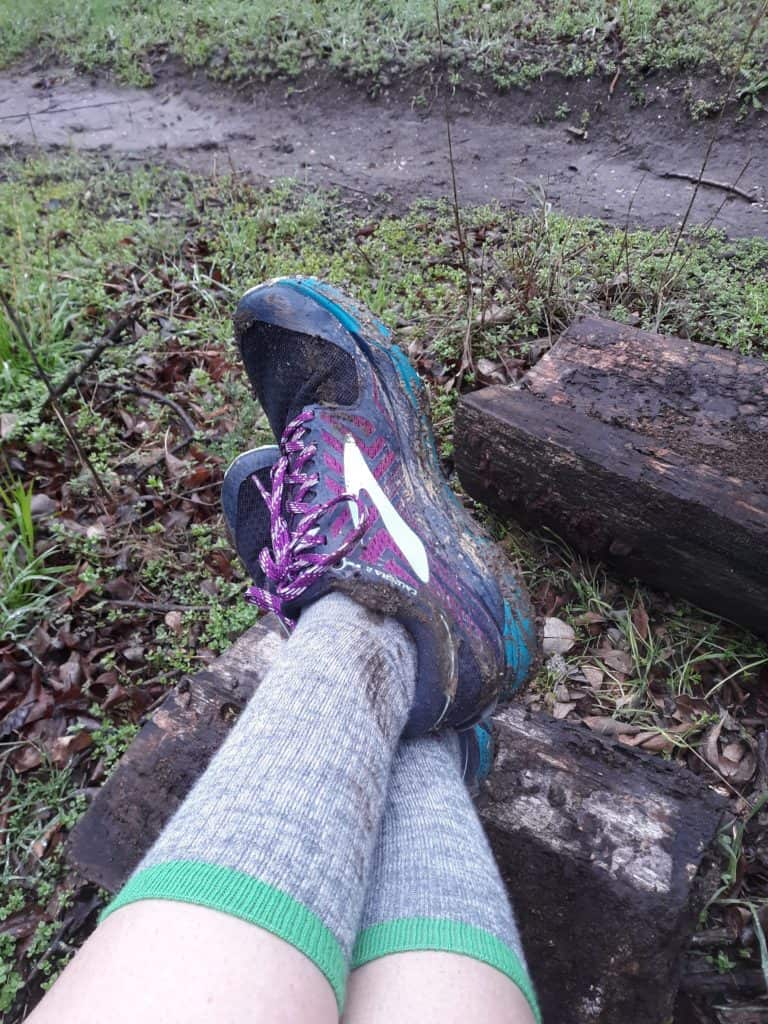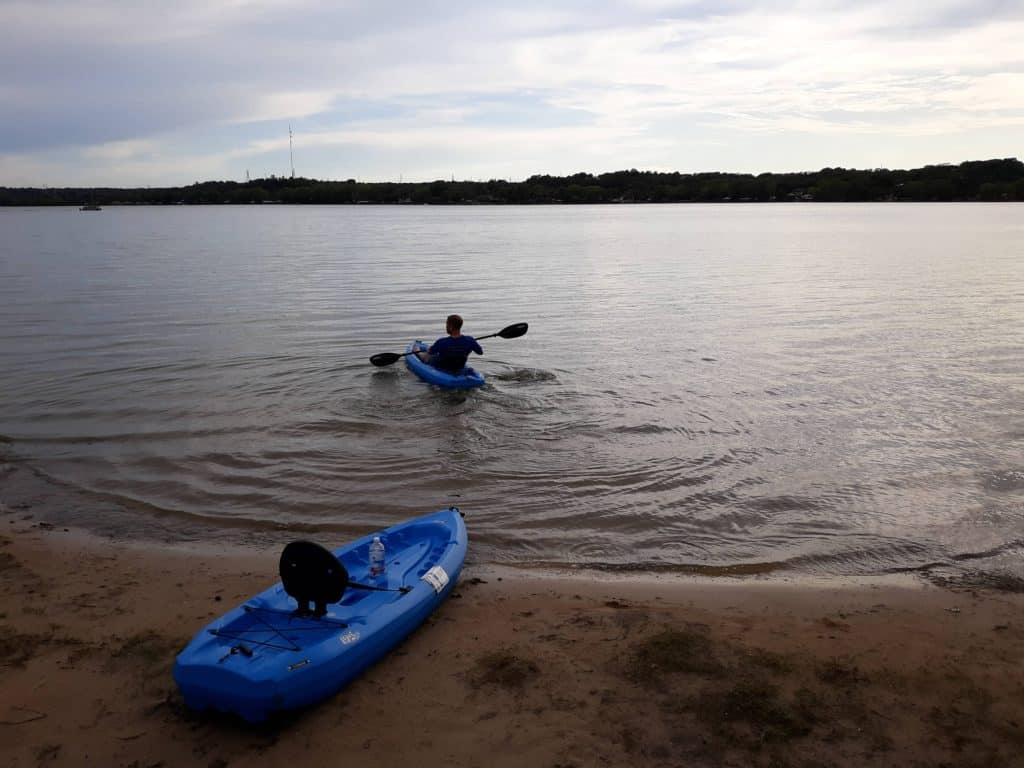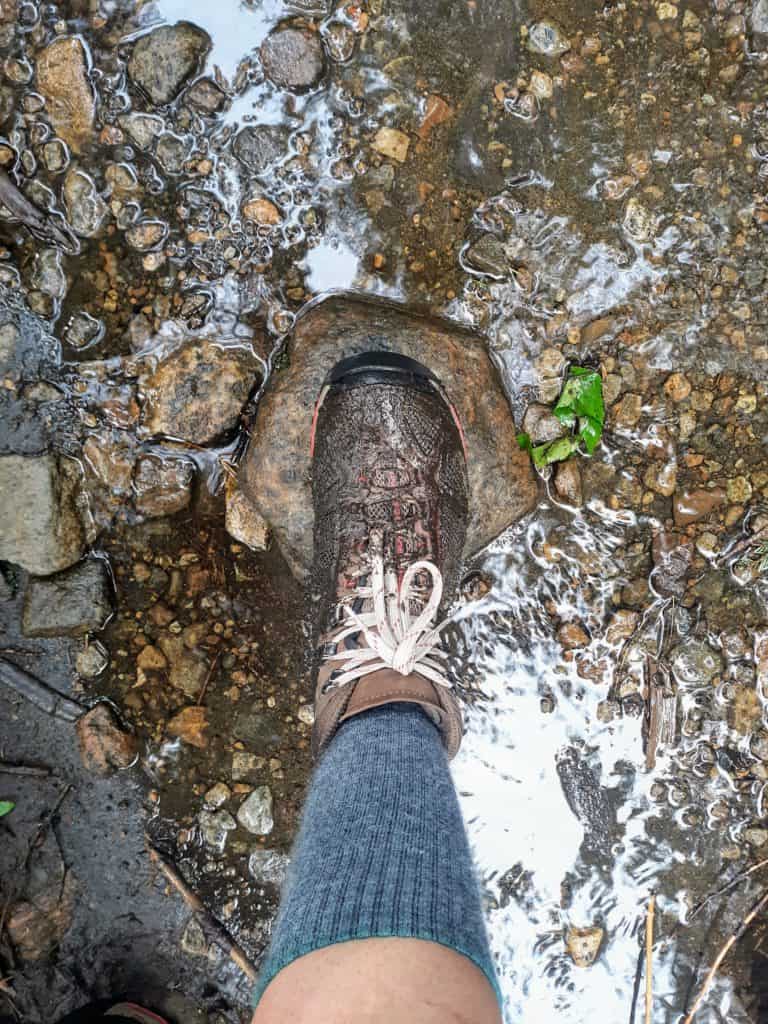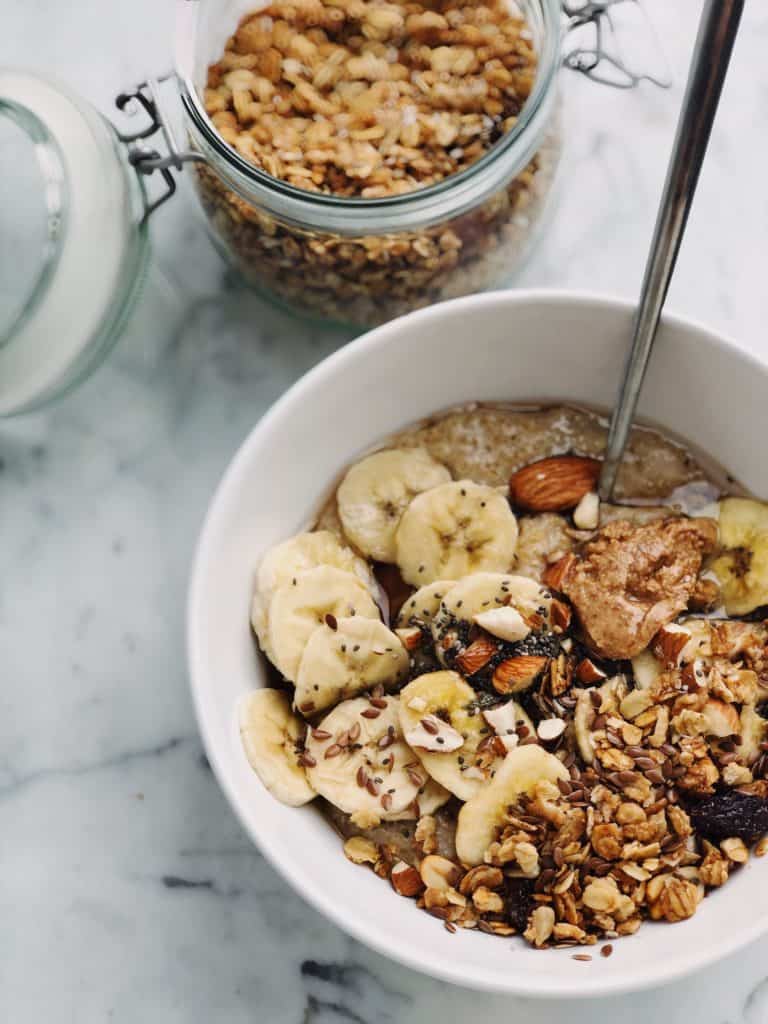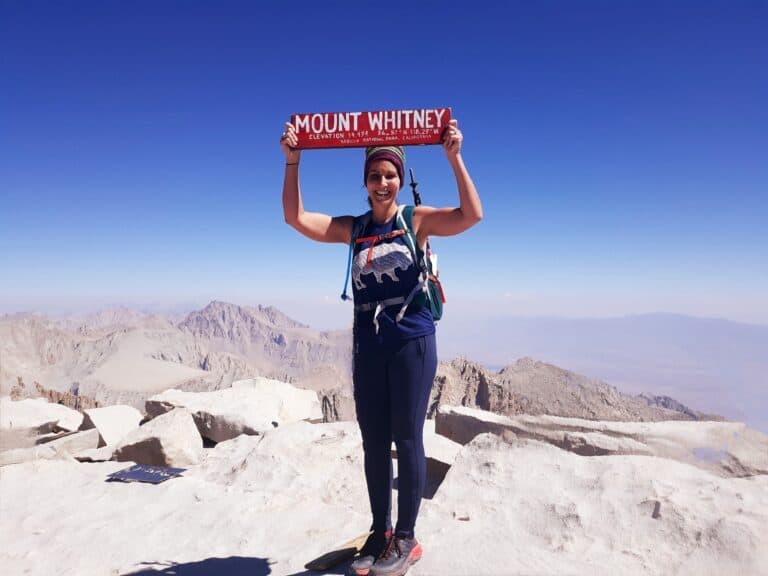Running Lingo: Common Running Words and Running Terms
Running is just like any other hobby or lifestyle. As you delve into it, you are bound to encounter certain running words and running terms that are part of the unspoken “running lingo” of runners. You will also likely discover that running can quickly become addictive, and it is something you will want to share with others, including the fellow runners you are bound to connect with. It is always nice to know the unspoken running vocabulary, so take a quick educational tour of some of the common running words and running terms of the running world, and get acquainted with the ABC’s of running lingo!
Disclosure: Below are some affiliate links-these are all products I highly recommend. I won’t make any recommendations on this page that I haven’t tested or personally used! Enjoy this guide to common running vocabulary!
Get to Know the ABC’s of Running Words, Terms, and Running Lingo
Here are 26 of the most commonly used running terms and running words in running lingo!
A) Marathon: a running distance of 26.2 miles (which therefore means a half marathon is half that distance at 13.1 miles)
B) Bib: the personal sheets that are printed with individual numbers, that identify runners in a race. You will attach your bib to your clothing during a race, generally with safety pins. Sometimes your bib will contain your racing chip, which is the small, plastic device that tracks and records a runner’s time. Chips are activated when you step over the start line of a race, and record your ending time when you cross the finish line. If your bib does not contain your chip, then it will more than likely attach to the shoelaces of your running shoes.
C) Trail Running: a running course that takes place on natural trail surfaces, comprised of environmental components like dirt, sand, rocks, gravel, tree roots, ice, etc. Learn all the ways that trail running differs from road running. You will want specific trail running gear, including specially designed trail running shoes for these types of natural surfaces, one with enhanced grip and improved traction, to keep you grounded and stable on those unpredictable natural surfaces. My favorite trail runners are Hoka One One Speedgoats.
D) Road Running: a running course that takes place on man-made surfaces, like sidewalks, asphalt, boardwalks, and paved roads. Road running surfaces are more consistent when compared to trail running surfaces, and a good road running shoe should have the perfect balance between structure, cushion, and weight.
E) Pace: the amount of time it takes a runner to cover a given distance, such as a mile.
F) Cadence: the number of steps a runner takes per minute while running.
G) Strike: how your foot hits the ground when you run. The optimal foot strike should aim to strike the ground with the middle of the foot, and steps should fall directly below your hips. Avoid having strides where the foot strikes the ground in front of the hips.
H) Warm Up: pre-run body workout to get loose and limber before a run, and to prep the muscles for activity. This might include a light, easy run or walk, or some other form of light activity, that is performed 10 or 20 minutes before the full workout.
I) Cool Down: post run body recovery to re-stabilize the body after running activity. A cool down involves light physical activity, like a slow walk.
J) Cross Training: other types of workouts that you should do in addition to running, such as yoga, cycling, strength training (lifting weights or performing body weight exercises to strengthen muscles), HIIT (high intensity interval training), kayaking, hiking, etc. Cross training helps to keep all systems of the body working together in harmony, and helps prevent burnout. Cross training gives all muscle groups a chance to stay tuned.
K) Taper: Cutting back on mileage prior to a big race. This is a very important step in training for a long distance run. Your taper will look different depending on the race distance, but a taper should involve a gradual decrease in your weekly mileage a couple days or a couple weeks before a big race.
- Grab my FREE 16 Week Half Marathon Training Calendar or FREE 16 Week Full Marathon Training Calendar to see examples of a taper
L) Rest Days: these are your days off from running, and they should happen each week, and should be used for recovery.
M) Ultra: long running distances over a marathon length such as 50K’s (31 miles) 50 miles, 100 miles, or even more! Check out some of these ultra runs found among the top 21 extreme races in the world!
N) 5K: 3.1 miles (a 10k is twice the distance at 6.2 miles).
0) Carb Loading: a pre-race event that many runners gleefully look forward to! Or maybe it’s just me. Carb loading refers to “loading up” on healthy carbs for fuel and energy the week, night, and morning before a big race. Think good carbs like whole grain bread and pasta, sweet potatoes, oatmeal, bananas, beans, and fruit.
P) Interval Running: switching between high and low intensity speeds during a run.
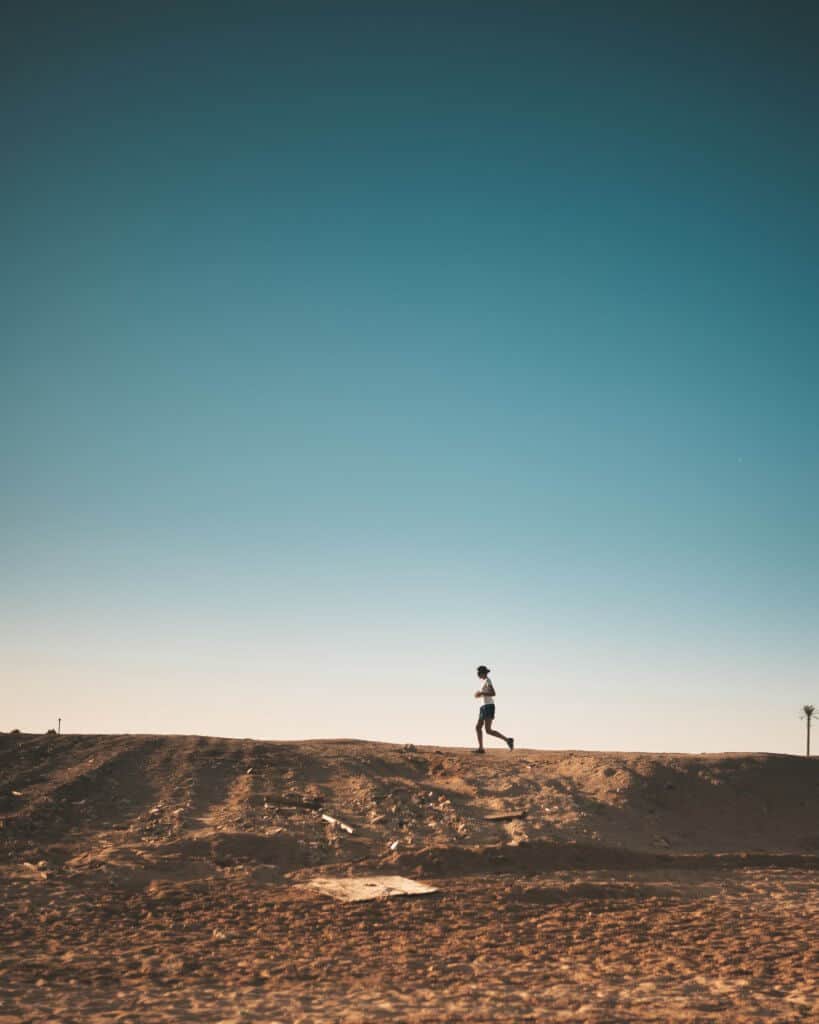
Q) Splits: how a race’s time is divided into sections, such as miles.
R) DNF: Did Not Finish (a runner that did not finish a race). You may also encounter the abbreviation DNS, which refers to a Did Not Start.
S) Qualifier: a race time that qualifies you to compete in another race, such as a qualifier that allows you to qualify to run a race like the Boston Marathon. ( A “BQ” refers to a Boston Qualifier ).
T) PR: personal record, or the runner’s best time for a given distance. (Also called a PB, or personal best). A CR is a Course Record, or that fastest time recorded on that particular course.
U) Minimalist: refers to shoes, and it means running shoes that are lightweight, with less structure, cushion, and support, and increased flexibility.
V) Maximalist: refers to shoes, and it means shoes that have lots of cushion and support.
W) Shin Splints: refers to pain around the shin bones, and generally requires rest. Shin splits often occur from overuse, or over training.
X) Runner’s Knee: a common running injury characterized by pain under the kneecap. Also caused by overuse or overtraining, or by increasing mileage too quickly.
Y) Foam Roller: a foam cylinder that is applied to muscles to aid in recovery. Want to try foam rolling? These simple devices can make a world of difference in muscle recovery!
Z) Moisture Wicking: a type of clothing that is recommended for runners in both hot and cold conditions. Moisture wicking fabrics are breathable, and transport moisture, such as sweat, to the surface to prevent clamminess and chafing, which is a condition where skin can become bloodied or blistered from too much fabric on skin friction. The indisputable best moisture wicking fabric is wool.
- Check out my favorite lightweight, breathable, wool tank and
- the best name in the business for moisture wicking, blister proof wool socks!
Now That You Know Your Running Words and Running Terms, Take the Next Step!
Now that you know the most common running words and running lingo, ready to embark on the real running adventure?
Grab Your FREE 16 Week Half Marathon Training Plan for Beginners
AND
Your FREE 16 Week Marathon Training Plan for Beginners
PIN for LATER!


